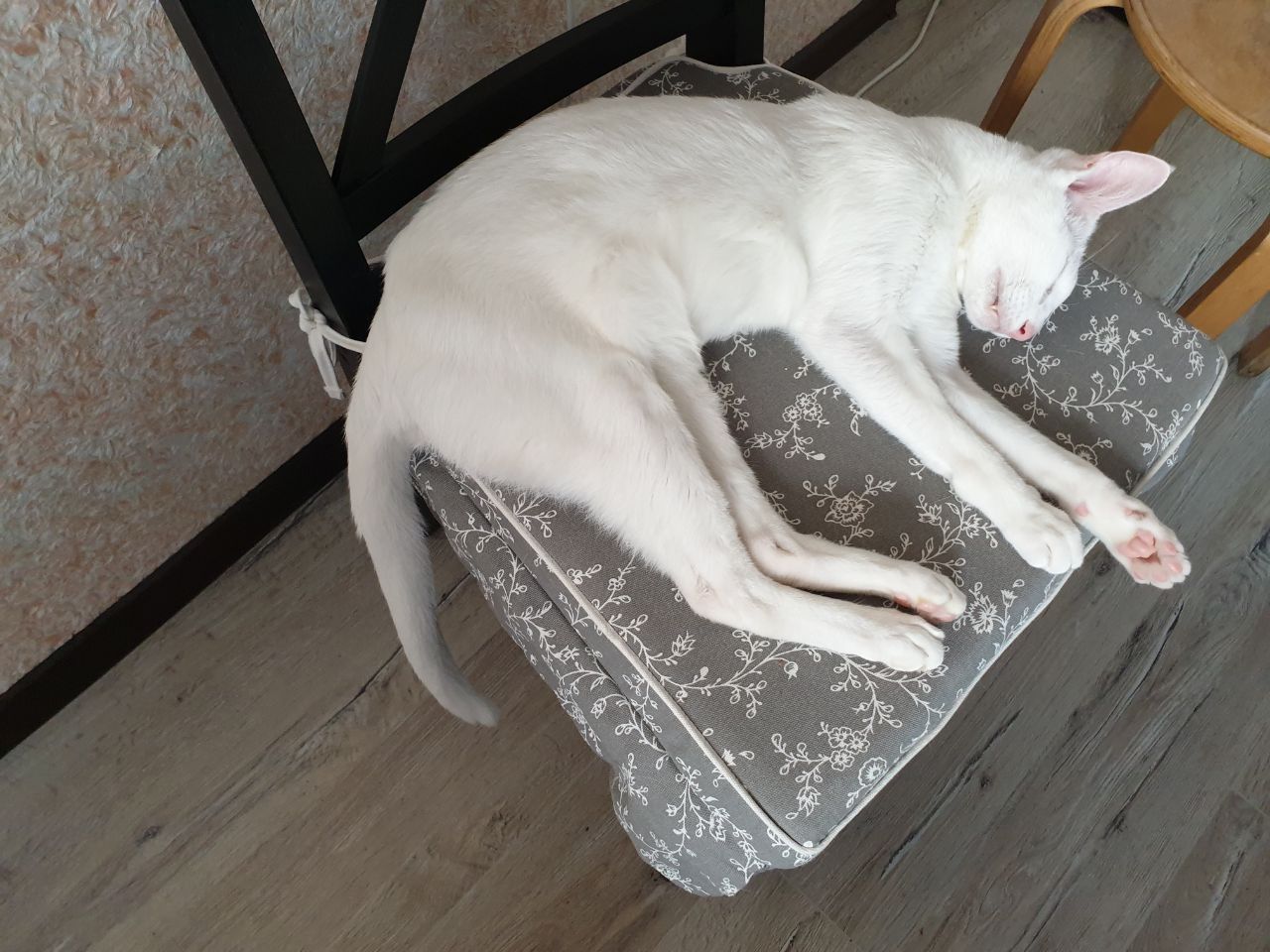CF
Size: a a a
2021 July 10
Если кто-то что-то хочет добавить Шлёпе он может Шлёпе это и писать ;)
AG
тут какая то мешанина пошла 😁
CF
Ну это точно не мне, я это понял ;)
CF
"Пошла жара" (с)
CF

In order to test this, I performed an impact test with notched IZOD specimens. In this apparatus the coupons are placed in a vice and then struck by a hammer. This impact will use some of the kinetic energy of the hammer so it won’t be able anymore to swing back to the same height as it started. This can be measured with the attached scale. PLA absorbed on average 8% of the hammers energy which results in an impact strength of 5kJ/m². PETG was only a little better and absorbed on average 14% of the kinetic energy resulting in an impact strength of 8.6kJ/m². This is interesting and might be counterintuitive for some
CF
Во, кажысь тяки нашёл.
CF
И ещё авиамоделисты мне говорили, что делать детальки которые обо что-то бъются из петг плохая идея, потому что они при ударе точно расколятся
AG
а как этот тест можно считать объективным, если петг можно запечь с совершенно отличными характеристиками? Как например проводить тест с абс, но непонятно, как он был напечатан - на открытом принтере, в пассивке или в активной камере.
S
Пластик не может протянуть, смотри, такая же беда вчера была, накинул на весь пруток трубку тефлоновую
CF
А вообще у меня щас вот так ;)
AG
значит и вправду печатать из абс, но проектировать ориентируясь на правильную послойность
CF
Не обязательно считать этот тест объективным.
AG
тёплый душ позволяет на пару часов забыть о духоте 👌🏻
А
Котяра)
РМ
думаете из-за высокой температуры сопла такие дефекты?
А
Или кондишн
AG
я например нищий🤷♂️
АА
Он и без пластика так колбасится)
CF
Если говорить о материалах с максимальной стойкостью к ударам, то лучше предпочесть тот же sbs или твёрдые сорта tpu. Ну и конечно поликарбонат это прекрасно




